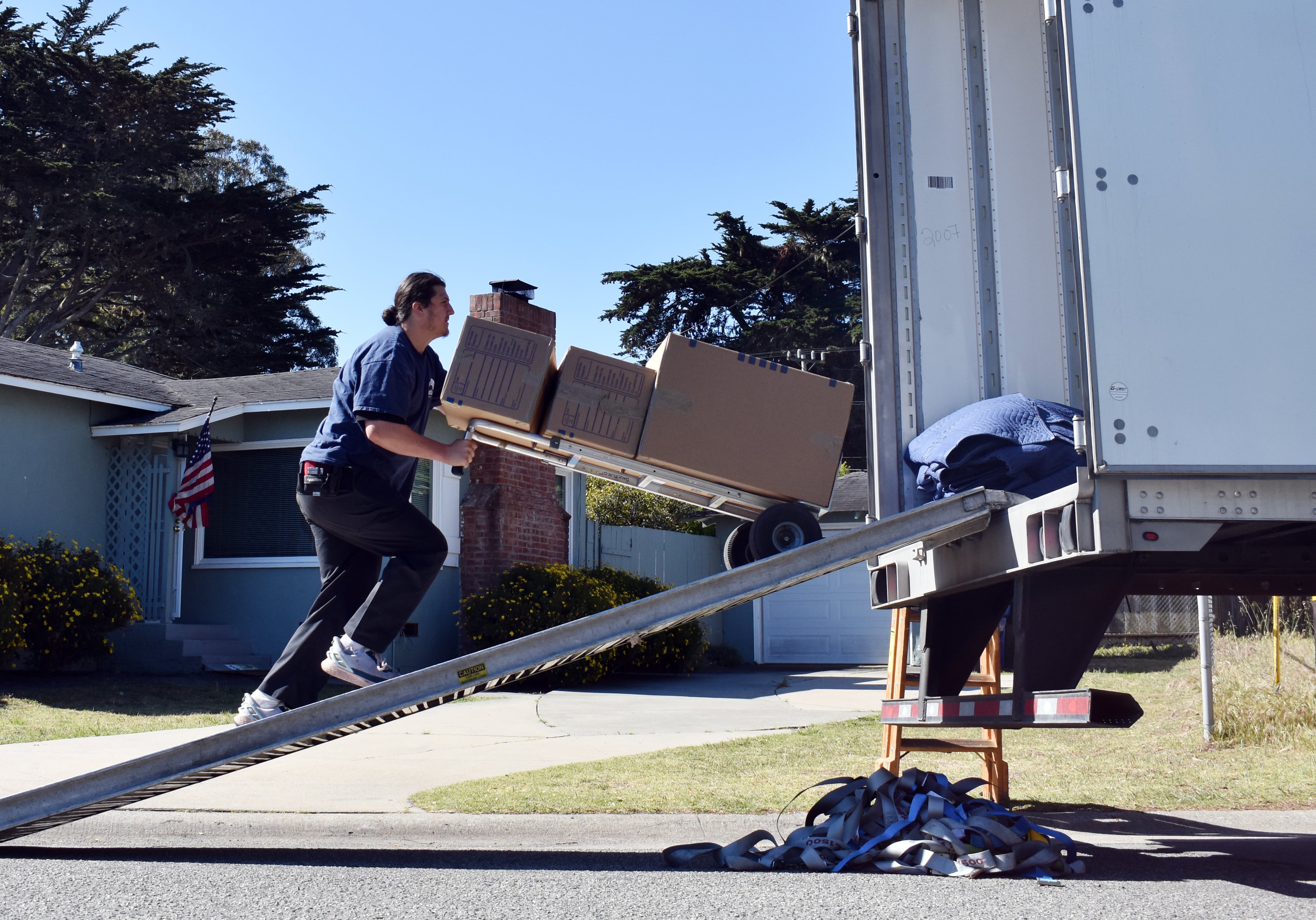The days of airmen deploying overseas by themselves are over.
The Air Force announced in a Tuesday release that as of Nov. 30, airmen deploying on individual taskings will be sent in teams of three or more. This new policy, called Deployed Teaming, seeks to reduce the pressure and strain that comes when airmen deploy by themselves. Instead, airmen deploying together “will provide mutual support” during their period overseas, according to the release.
“Deployed Teaming places a higher value on mutual support and improves our warfighting capability,” said Maj. Gen. Brian Killough, director of Air Force strategic plans, in the release. “It allows us to be more effective, while increasing resiliency.”
In an August interview with Air Force Times, Air Force Secretary Heather Wilson previewed the new policy, and said that deploying in groups of at least three will ensure young airmen who have never deployed will be able to train with an experienced airman.
RELATED

More, group deployments will help airmen readjust after their deployments and process their experiences after returning home,. Wilson said. It’s not good for airmen to come back home and not have anyone to talk to who went through the same experiences that they did, she said.
“They come back and they kind of decompress on their own,” Wilson said in the August interview. “It’s not a good practice.”
The Air Force said teams will consist of airmen who are from the same duty location and are deploying to the same location during the same time period. Team members will train together before they deploy, travel to and from their deployment together, and “perform reintegration” after their deployment together, the release said.
However, there is no guarantee that team members will be assigned to the same work center when overseas, according to the release. Each team will have an appointed leader to guide them during the deployment process. And if a team is not working together at the same location when they’re deployed, the team leader “will ensure there is crosstalk and mutual support.”
Air Force spokeswoman Brooke Brzozowske said that the new policy will affect about 10 percent of deploying airmen, and will apply to Guard and Reserve airmen as well as active duty.
If airmen can’t be deployed with other airmen from the same location going to the same place at the same time, Brzozowske said the Installation Deployment Readiness Cell could seek a waiver.
The team leaders will be nominated by their Installation Deployment Readiness Cells, and will be approved by unit commanders, Brzozowske said. They will be responsible for getting their teammates’ contact information and reaching out to them before deployment, she said, and should be the senior-ranking airman in the team. Brzozowske also said team leaders should be at least a senior airman, or any officer.
Wilson originally said the policy would be enacted Oct. 1. The Air Force did not immediately say why it was delayed to the end of November.
Gen. Dave Goldfein, the Air Force chief of staff, also said in a 2016 speech that the Air Force had gotten into a bad habit of sending airmen overseas by themselves, and that he would make changes to the policy.
“While we will never be the service that says, if you want an airman, you get an entire squadron — because that’s not what the nation needs, we need to be a little more flexible than that — I think the pendulum has swung a little too much to individual airmen,” Goldfein said at the Air Force Association’s Air Space Cyber conference in September 2016.
RELATED

After that speech, Goldfein told reporters that it is crucial that the Air Force keep improving its deployment processes. The service has deployed continuously since the Sept. 11 attacks, he said, and operational tempos are not likely to decline anytime soon.
“It’s time for us to do a reset,” Goldfein said in 2016. “If we’re going to be at this for another 15 years, how do we maintain this op tempo and ensure that we are properly preparing our airmen for combat operations, all the way through redeployment and reintegration?”
Goldfein said then that team sizes would likely vary, depending on the airmen’s jobs and their requirements. For example, he said, an explosive ordnance disposal team might need to be a different size than a maintenance team.
And Goldfein suggested then that teams could re-deploy together, and said it would be one of the most important parts of the plan.
Stephen Losey is the air warfare reporter for Defense News. He previously covered leadership and personnel issues at Air Force Times, and the Pentagon, special operations and air warfare at Military.com. He has traveled to the Middle East to cover U.S. Air Force operations.





